* Bottle label may be different than above.Product Details:
Critic Scores & User Ratings are based on an aggregated international Global Wine Score (GWS).
Dom Perignon 750ml - Item Code: 07696
Discover Dom Perignon 750ml:
Dom Perignon is a luxurious and iconic champagne that has been produced by the House of Moët & Chandon since 1921. This vintage champagne is made from a blend of Chardonnay and Pinot Noir grapes, and is aged for a minimum of seven years in the cellars of the House of Moët & Chandon. The result is a complex and full-bodied champagne with a golden hue and a fine mousse. On the nose, Dom Perignon offers aromas of ripe fruit, honey, and brioche, while on the palate, it is rich and creamy with flavors of citrus, white flowers, and a hint of toast. The finish is long and elegant, with a lingering hint of minerality. Dom Perignon is the perfect accompaniment to any special occasion.
Producer Notes: Moët & Chandon
Moët & Chandon is a French champagne house that was founded in 1743 by Claude Moët. The company is based in Épernay, a town in the Champagne region of France. Moët & Chandon is one of the largest champagne producers in the world and is known for its high-quality champagne.
Moët & Chandon produces a range of champagnes, including its flagship product, Moët Impérial. This champagne is a blend of Pinot Noir, Pinot Meunier, and Chardonnay grapes and is aged for at least three years before it is released. Moët & Chandon also produces a range of vintage champagnes, including Grand Vintage and Grand Vintage Rosé. These champagnes are made from grapes from a single year and are aged for at least seven years before they are released.
In addition to its champagnes, Moët & Chandon also produces a range of other drinks. The company produces a range of still wines under the Château de Saran label. These wines are made from grapes grown in the Champagne region and are aged in oak barrels. Moët & Chandon also produces a range of spirits, including Hennessy cognac and Belvedere vodka.
Moët & Chandon is known for its association with luxury and glamour. The company has been the official champagne of the Academy Awards since 2015 and is also the official champagne of the Golden Globe Awards. Moët & Chandon has also been associated with royalty, with the company being appointed as the official champagne supplier to Queen Victoria in 1837.
Overall, Moët & Chandon is a well-respected and highly-regarded drinks producer that is known for its high-quality champagnes and association with luxury and glamour.
View on Google MapsDirections to our store from Metro Botanical Garden, Bronx
From the Metro station, Head northwest on Bedford Park Blvd toward Webster Ave (282 ft).
Turn right onto Webster Ave (0.1 mi).
Turn left onto E Mosholu Pkwy S (1.0 mi).
Turn left toward Goulden Ave (0.1 mi).
Turn right onto Goulden Ave (259 ft).
Turn left onto Sedgwick Ave (0.3 mi).
Turn right onto Van Cortlandt Ave W (0.2 mi).
Slight left onto Bailey Ave (0.2 mi).
Turn right onto W 238th St (0.2 mi).
Turn left onto Broadway (364 ft).
You have arrived at our store:
Broadway Liquor & Wine Warehouse
5790 Broadway, Bronx, NY 10463, United States.
Latitude: 40.884048
Longtitude: -73.900887
We’re right next to some great landmark attractions in New York, NY like Fort Independance, The Blockhouse, the Kingsbridge Memorial Bell Tower & Van Cortlandt park and Yankee Stadium.
Critical Acclaim
99
Wilfred Wong
Dom Pérignon—a luxury brand that needs no introduction—is going to get even better as it moves through the generational changes with the changing of the guard. While this wine has always sparkled in a class by itself since its inception in 1921, the soon-to-be-released 2008 vintage reflects a transition in the winery's Chef de Cave. After nearly three decades as Cellar Master, Richard Geoffroy is turning the reins over to Vincent Chaperon, and the new guy gets to begin his Dom Pérignon career with one of Champagne's best vintages. I enjoyed the fortune of tasting this wine twice (9/24/18 and 9/26/18). In the first tasting, the wine seemed young and impenetrable. Time aided it, and it opened up spectacularly. Two days later, in a new situation (and a different bottle, of course), the wine seemed to be even more evocative. In both cases, there is no question this is one of the winery's best efforts. I took more than my usual sips—studying a wine of this magnitude sometimes needs patience. TASTING NOTES. This wind deftly exhibits richness and elegance. Its aromas and flavors of bright apples, light chalk, and yeast autolysis come to the fore along with its and persistent, yet delicate palate presence and long finish should pair it superbly with the fresh toro you bring onto your palate. (Tasted: September 26, 2018, San Francisco, CA)
98
James Suckling
The best Dom since 2002. A vintage with very restrained, powerful style that has been released non-sequentially after the 2009. This has a lighter stamp of highly curated, autolytic, toasty aromas than many recent releases. Instead, this delivers super fresh and intense aromas of lemons, grapefruit and blood-orange peel. Incredible freshness here. The palate has a very smoothly delivered, berry-pastry thread with light, sweet spices, stone fruit and fine citrus fruit. This really delivers. Drink now or hold.
98
Jeb Dunnuck
The 2008 Dom Pérignon is the first time the estate has released a wine out of order (the 2009 was released before the 2008) but the estate loved the wine so much they felt it warranted additional aging. This is a rich, powerful wine that still shows incredible purity and elegance, with a stacked, concentrated feel on the palate. It’s rare to find such a mix of ripe, pure, concentrated fruit paired with this level of purity, focus, and precision. This is a legendary Dom that surpasses all the great vintages of Dom I have experience with, including the 1990, 1996, and 2002.
96
Wine Spectator
There's power to this graceful Champagne, with the vivid acidity swathed in a fine, creamy mousse and flavors of toasted brioche, kumquat, pastry cream, candied ginger and poached plum that dance across the palate. An underpinning of smoky mineral gains momentum on the lasting finish. Drink now through 2033.
What is Champagne?
All sparkling wine is Champagne, but not all sparkling wine is Champagne. Sparkling wine comes in a variety of flavors. Champagne, prosecco, cava, and sparkling wine made in the United States are the most popular.
Champagne is only allowed to be named Champagne if it is produced in the Champagne area in northern France. Chardonnay, pinot noir, and pinot meunier are used to make a classic Champagne or sparkling wine from the United States. The term "blanc de blancs" refers to a Champagne or sparkling wine composed entirely of chardonnay. If you see "blanc de noirs" on a bottle of Champagne or sparkling wine from the United States, that means it's made entirely of pinot noir.
The sparkling wine of Italy is Prosecco. Prosecco or glera grapes are used to make it. Spain's effervescent wine is known as Cava. Macabeu, parellada, and xarello grapes are commonly used to make it.
Champagne is prepared from a blend of grapes, most commonly chardonnay, pinot noir, and pinot meunier, though additional grapes are permitted. The grapes may be cultivated in a few different places throughout France, and they flourish in a variety of soil and weather conditions. While many wines stress "terroir," or the traits imparted by the vineyard, champagne is unique. The champagne house is the focus, since it masterfully combines several varietals to produce a consistent, balanced beverage.
The wine undergoes a further fermentation process within the bottle to produce champagne's distinctive bubbles. Many champagnes are still aged in caves, and they are rotated on a regular basis. The sparkling wine must be aged for at least 15 months, while many are aged for three or more years.
Champagne is frequently served as a toasting wine or in cocktails, but it also goes well with a variety of dishes. With sophisticated appetizers like oysters and blinis, or simpler snacks like deviled eggs and shrimp cocktail, serve a dry bottle. White pizza and fried chicken go well together, as do light fish and chicken dishes. Sweet champagnes pair well with fresh berries and soft cheeses towards the end of a meal.
Although the champagne flute is a beautiful vessel, many experts believe it is an ineffective manner of serving the bubbly. If you're pouring and drinking right away, a white wine glass is excellent for letting the scents to fully open. A sophisticated coup glass is also a fantastic choice.
About the Producer: Dom Perignon
Dom Pérignon is a famous champagne brand owned by Moët & Chandon. Its origins date back to the abbey of Saint-Pierre d'Auillières in northern France, the so-called birthplace of Champagne. His invention belongs to the 17th century Benedictine monk, Dom Pierre Pérignon, after he took over as guardian of the monastery. and procurator in 1668. Pierre Perignon spent the remaining 47 years of his life striving to create "the best wine in the world", with his wine adorning the tables at the court of King Louis XIV, King Sol. To this day, Le Traité de la culture des vignes de Champagne or Treatise on the Culture of Champagne, a manuscript written by a student of Dom Pierre-Perignon, is kept in the Abbey of Saint-Pierre d'Auvilliers. The Dom Pérignon brand was first registered by Eugene Mercier, founder of Mercier Champagne. He later sold the brand to the champagne house Moët & Chandon, which used the name Dom Pérignon for its prestigious cuvée, first launched in 1937. Moët & Chandon and Dom Pérignon are now part of the LVMH group. winemaking guidelines in the manifest. This document declares Dom Pérignon's commitment to fine wines made from Chardonnay and Pinot Noir. Each Dom Pérignon harvest is unique as the grapes are grown only in the finest Champagne vineyards. Unlike most early-harvest champagne producers, former winery owner Richard Jeffroy chose to wait until the grapes slowly ripened. Dear Jeffroy was a chef from 1990 to January 2019, when he handed over the reins to his assistant Vincent Chaperon. Geoffroy was considered the face of the brand and arguably the most famous figure in the modern champagne industry. Since 2014, Dom Pérignon has abandoned the term Oenothèque to describe his aged champagnes with late release. Instead, Geoffroy introduced the Plenitude concept with three editions at different stages of wine development: the wine is left in contact with the lees for a slow but active maturation under the chef's supervision. When a window of opportunity, or “versatility”, opens, part of the wine is poured and distributed to consumers. Each culture has three levels. The first occurs about nine years later; this is the "standard" Dom Pérignon Vintage. The wine can reach its second stage in about 12-15 years. It is the bottling of Dom Pérignon P2, formerly known as the first wine store. The last Plenitude, Dom Pérignon P3, can occur in about 25 years. All groups listed are generic and individual versions may be much older. Dom Pérignon Rosé was first released in 1959. It was not produced in all the vintages indicated. The Oenothéque, P2 and P3 versions are even rarer.
Get this product
Pickup available at 5790 Broadway, Bronx, NY 10463
Get this item delivered via FedEx. Where do we ship?
$269.99
Item Code: 07696
24 in stock
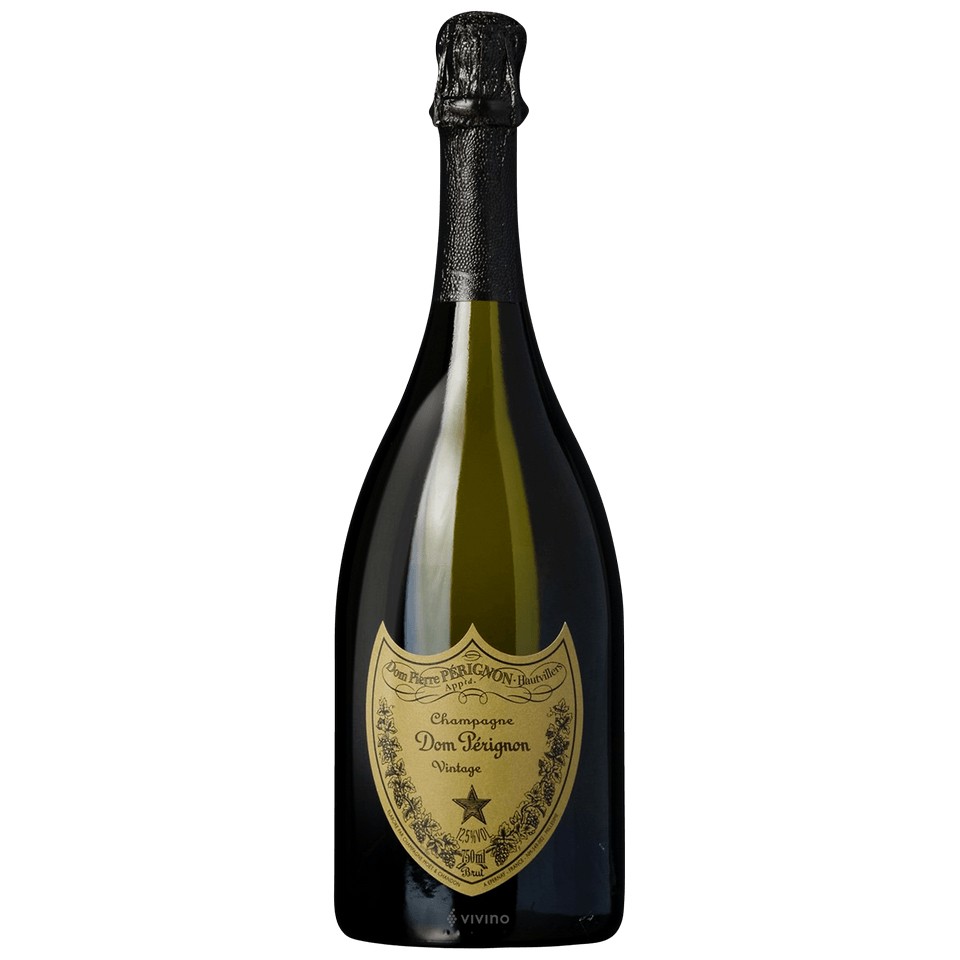
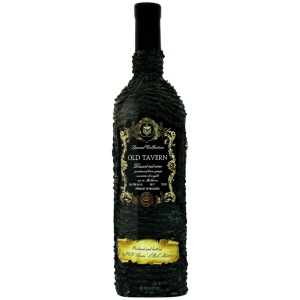
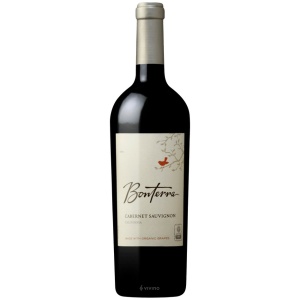
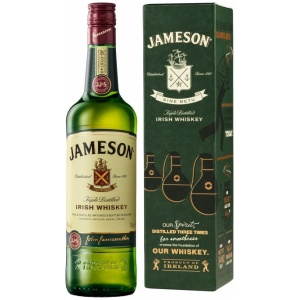
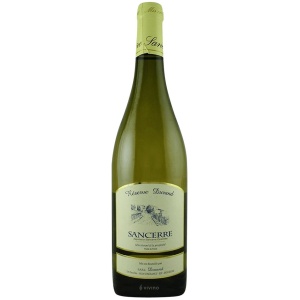
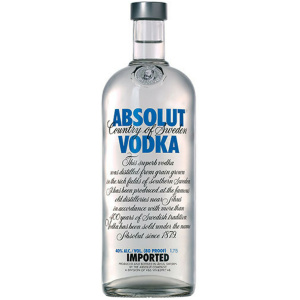
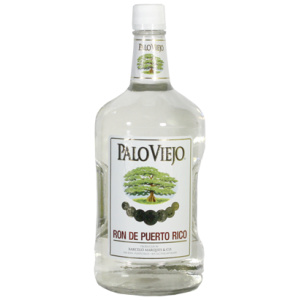
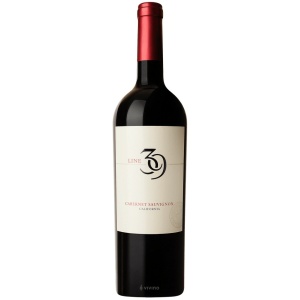
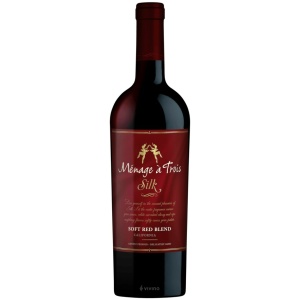
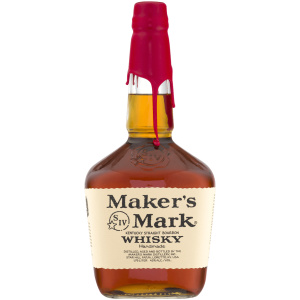
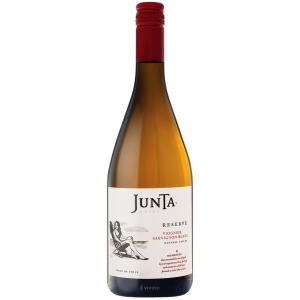
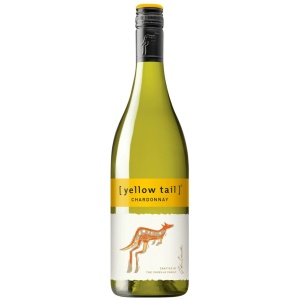
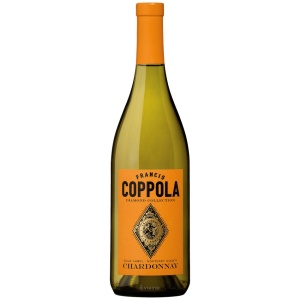
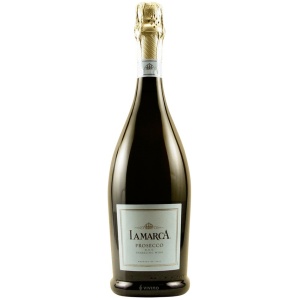
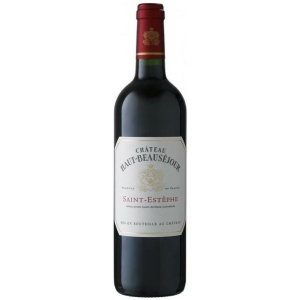
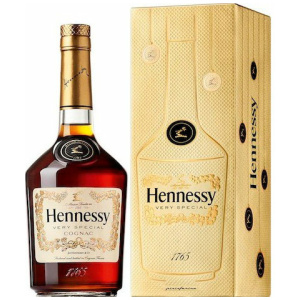
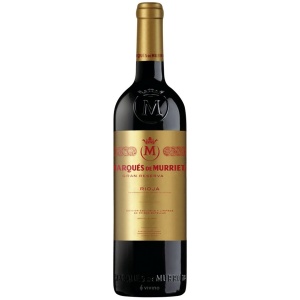
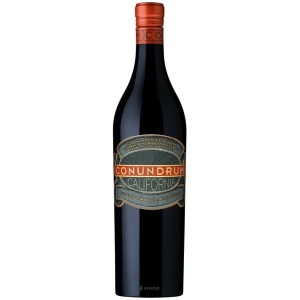
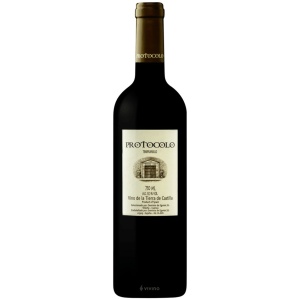
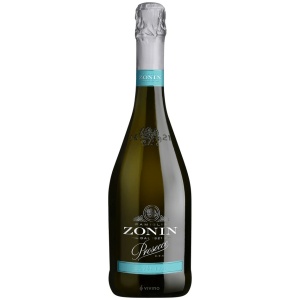
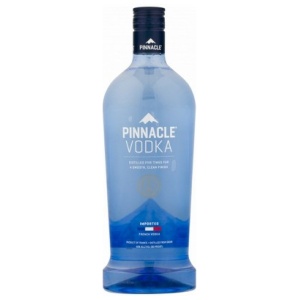
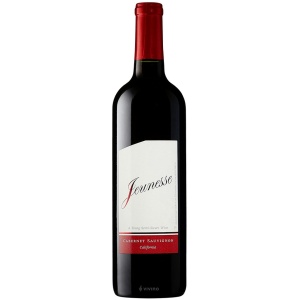
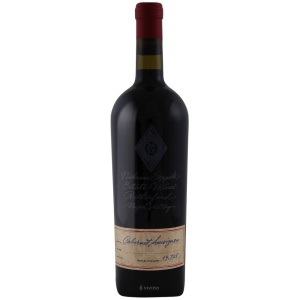
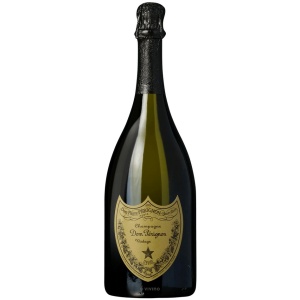
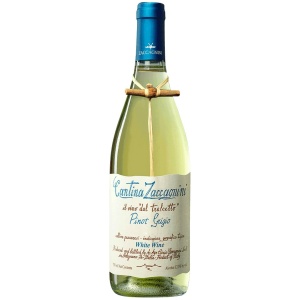
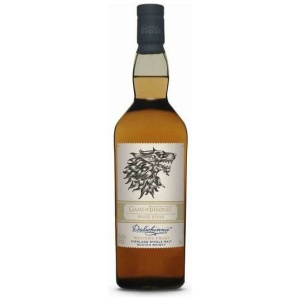
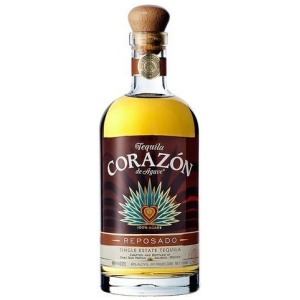
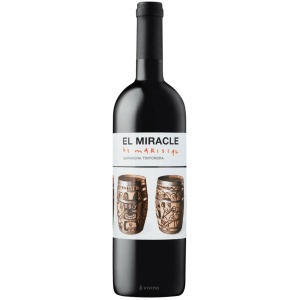
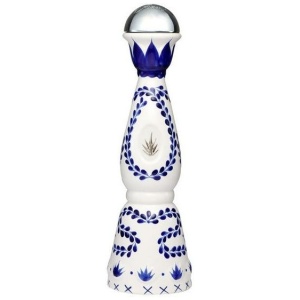
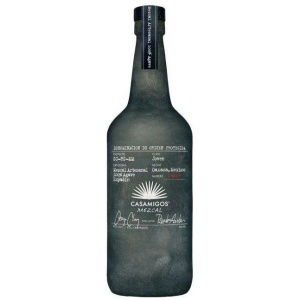
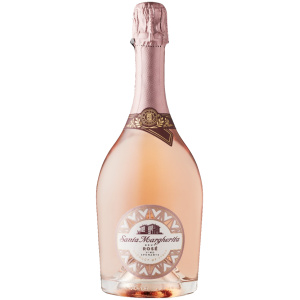
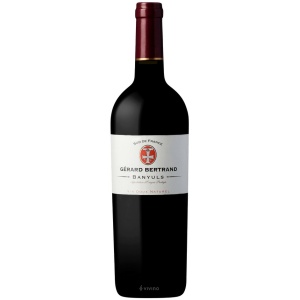
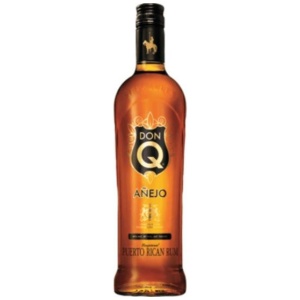
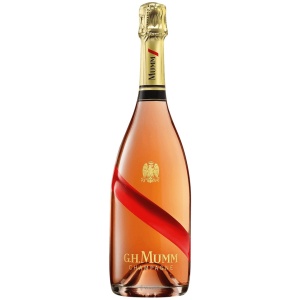
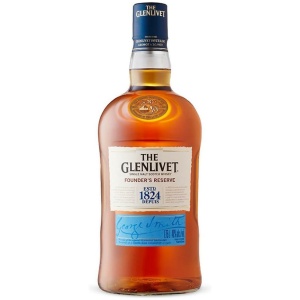
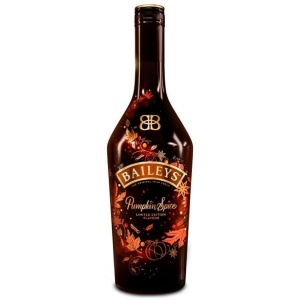



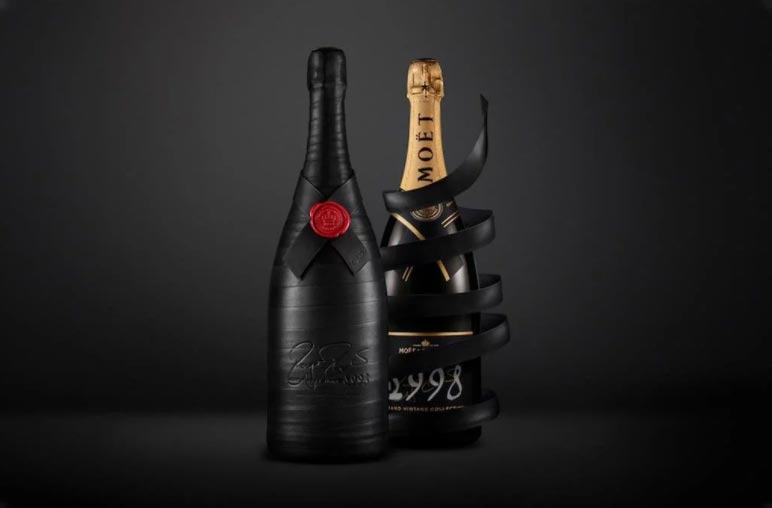


nr88hg Verified Buyer
It’s no secret that I love this! I always have a bottle or 2 at home for those occasions or just because.